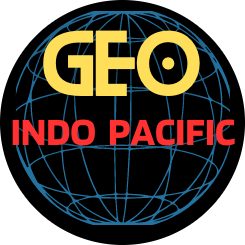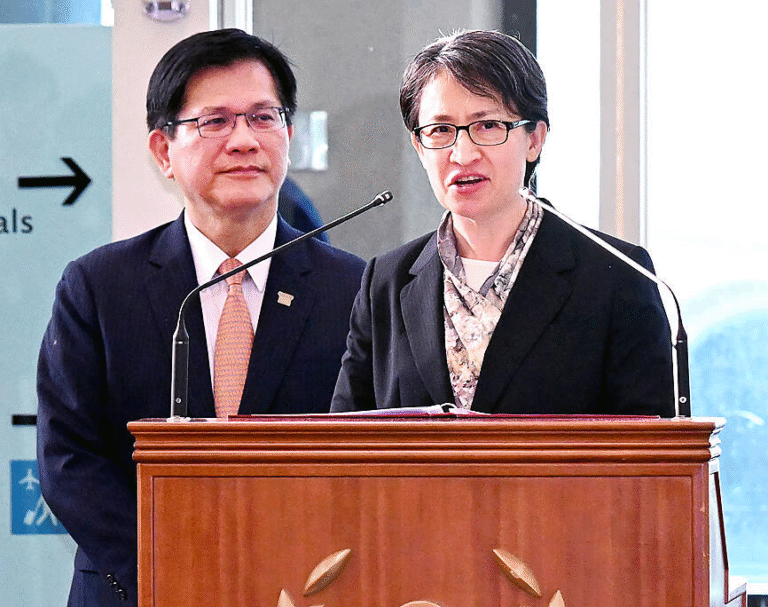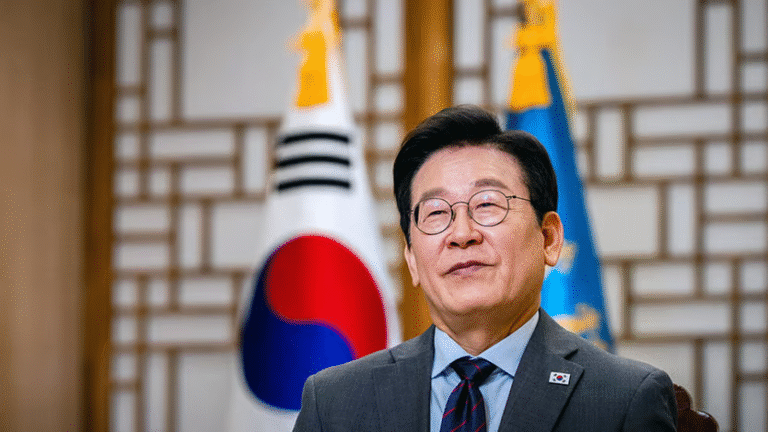
The Indo-Pacific is entering an age of autonomy. Uncrewed systems are transforming how nations project power, manage crises and sustain deterrence. For middle powers such as South Korea and Australia, the spread of autonomous defence technologies offers both an opportunity and a challenge: to innovate and cooperate before the technological frontier is dominated by major powers.
Autonomous systems are redrawing the strategic map. China is investing heavily in swarming drones, uncrewed underwater vehicles and AI-driven surveillance networks that compress decision cycles and complicate allied operations. The United States and its partners are responding with distributed, networked systems designed for resilience. In this new environment, middle powers with industrial agility and technological credibility can exert outsized influence—if they coordinate their innovation strategies.
South Korea and Australia are natural partners. Both are advanced democracies with strong defence industries, proven alliance credentials and growing regional responsibilities. Both face expanding maritime challenges—including grey-zone coercion and undersea competition—and seek to modernise their forces under fiscal and political constraints. Cooperation on autonomous systems could amplify their strengths and expand their strategic reach.
South Korea brings industrial depth and advanced engineering. Its shipbuilders, such as Hanwha Ocean and Hyundai Heavy Industries, lead the world in automation and naval systems integration. The South Korean navy is already experimenting with uncrewed surface and underwater platforms for mine countermeasures, surveillance and precision strike. South Korea’s defence industry is also embedding AI into sensors and command systems to enable semi-autonomous operations.
Australia offers complementary strengths. Its geography, particularly its vast maritime approaches, makes it an ideal testing ground for long-endurance uncrewed systems. The Defence Science and Technology Group and firms such as Anduril are developing autonomous undersea and aerial platforms suited to persistent surveillance and distributed operations. The Royal Australian Navy’s ‘Integrated Force’ concept treats uncrewed systems as central to future deterrence and maritime domain awareness.
Together, the two countries can bridge technology and strategy. South Korea’s industrial scale can lower production costs and accelerate delivery, while Australia’s operational experience provides testing and validation. A partnership between the two countries could merge Seoul’s manufacturing precision with Canberra’s experimentation, producing cost-effective, interoperable systems tailored to Indo-Pacific conditions.
The logic for cooperation extends beyond hardware. The real value lies in shared data, autonomy algorithms and secure communications. Both countries should pursue a joint innovation framework linking South Korean shipbuilders and electronics firms with Australian research institutions and defence start-ups. Such a framework could harmonise standards, promote co-development of AI-enabled autonomy and ensure interoperability with allies’ technology programs.
Logistics and sustainment is another area of synergy. South Korea’s world-class maintenance, repair and overhaul ecosystem can serve as a backbone for allied uncrewed-fleet servicing. Australia, with its Indian and Pacific Ocean access, could host forward logistics and mission-planning nodes. A distributed sustainment network anchored by both countries would enhance operational resilience and reduce dependence on single-point logistics.
Cooperation will not be simple. The two nations’ strategic horizons differ: Seoul remains focused on North Korea, while Canberra’s attention spans the broader Indo-Pacific. Aligning perspectives will require sustained dialogue and identification of shared maritime priorities such as undersea surveillance, freedom of navigation and supply-chain security.
Legal and policy hurdles also loom large. International law has yet to define the legal status of autonomous vessels or accountability for accidents. Export controls, data protection and procurement systems vary widely between the two countries. Without political and bureaucratic alignment, promising projects could stall in regulatory bottlenecks.
Autonomy also demands a doctrinal shift. It challenges traditional command structures and raises questions about human oversight, escalation control and the ethics of lethal autonomy. Unless addressed through shared doctrine and governance, joint projects could diverge technologically and conceptually.
Even with these challenges, the potential rewards are significant. Cooperation in autonomy would allow Seoul and Canberra to shape the Indo-Pacific’s emerging security order. Transparent collaboration focused on defensive missions—surveillance, reconnaissance and crisis response—could help define responsible norms for uncrewed operations before authoritarian states impose their own. Australia and South Korea could lead by example, demonstrating how democratic innovation can enhance both capability and accountability.
Several steps would make this cooperation real. A South Korea–Australia Autonomous Systems Forum could align research and ethical standards. Joint research and development hubs linking South Korean defence firms with Australian universities could create an enduring foundation for innovation. Multilateral exercises such as Talisman Sabre and Pacific Dragon should incorporate uncrewed operations and data-sharing trials to test interoperability.
These efforts would not only deepen bilateral ties but also strengthen allied strategic objectives. As the US advances its distributed-maritime-operations concept, autonomous systems will be central to collective deterrence. Australia and South Korea—both trusted US allies, yet also strategically autonomous—are well placed to pioneer middle-power contributions that combine flexibility with technological depth.
The age of autonomy rewards agility and collaboration, not size. Middle powers cannot match great powers in scale, but they can lead through innovation and integration. For South Korea and Australia, cooperation in autonomous systems is not only a technological imperative; it is a strategic statement about the kind of Indo-Pacific they seek to shape—one defined by innovation, transparency and shared security rather than intimidation.





